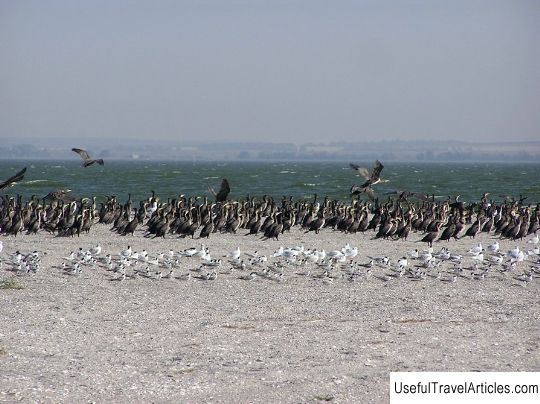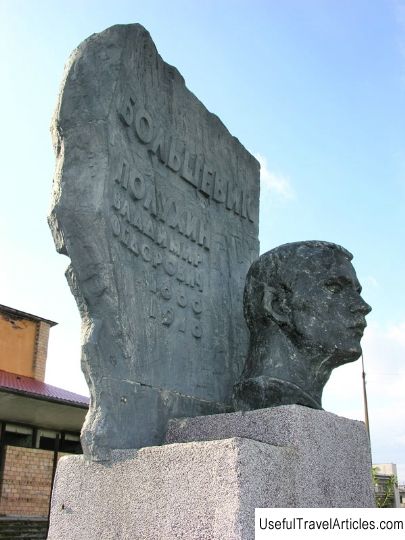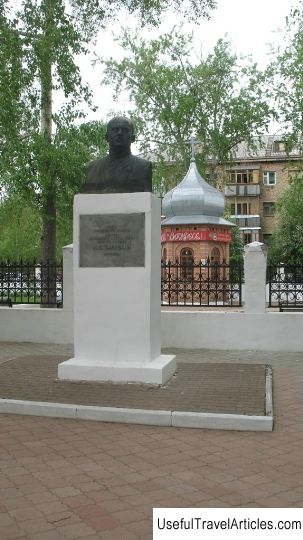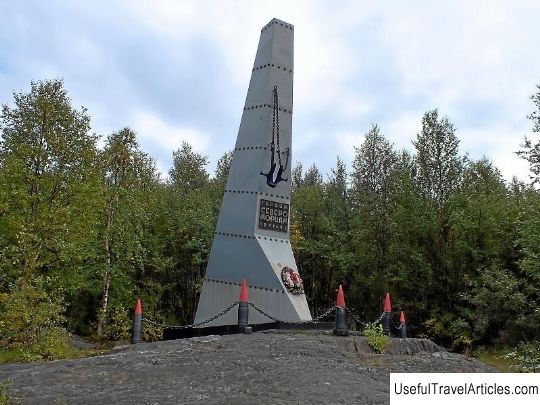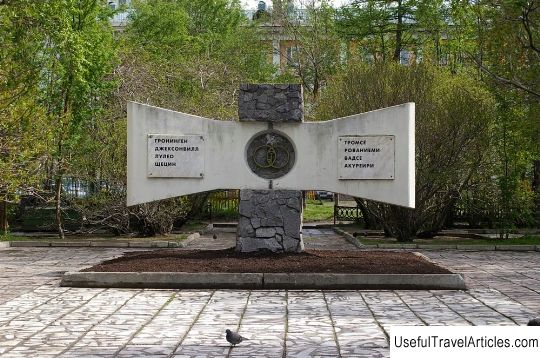Monument to I. D. Description and photo of Papanin - Russia - North-West: Murmansk
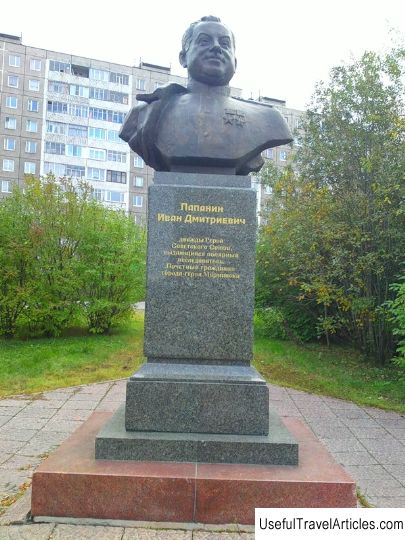
Monument to I.D. Papanin's description and photo - Russia - North-West: Murmansk. Detailed information about the attraction. Description, photos and a map showing the nearest significant objects. Photo and descriptionIn 2003, on September 27, a solemn ceremony was held, which was dedicated to the opening of the bust to Ivan Dmitrievich Papanin. I. D. Papanin - twice Hero of the Soviet Union, honorary citizen of the city of Murmansk. He is also a doctor of geographical sciences, holder of nine Orders of Lenin, rear admiral. He is widely known as the author of the works "Ice and Fire" and "Life on an Ice Floe". The bust was installed at the intersection of Karl Marx and Papanin Streets. The bust is cast from metal, the pedestal on which the bust is installed is made of natural stone called khibiny. Ivan Dmitrievich comes from Sevastopol. He was born on November 26, 1894 in the family of a sailor. After studying for four years in elementary school, at the age of 14 he went to work at the Sevastopol plant, who specialized in the manufacture of navigation devices. Later he got a job at the shipyard of the city of Revel (the previous name of Tallinn). During the First World War he served as a sailor in the Black Sea Fleet. Since 1917 he took a direct part in the Civil War. In the period from 1932 to 1933, he headed the polar station located on Franz Josef Land in the bay, which is called Tikhaya. From 1934 to 1936 he headed the polar station, which was located at Cape Chelyuskin. Papanin's name gained great fame in 1937, when he was at the head of an expedition heading to the North Pole. The expedition included three more people. Preparations for wintering at the station went quickly, but very scrupulously and were kept in the strictest confidence. A special diet was developed for the winterers, as well as the necessary assortment of food. All provisions were packed and sealed in cans. Each can weighed 44 kilograms. Particular attention was paid to the choice of the tent, because it was in it that they had to live at the pole. The preparations for the expedition ended at the beginning of 1937. The expedition started on March 22. The best forces of the Polar Aviation were used to land the expedition on the ice. The first plane landed on the ice on May 21. After several hours, station SP1 was deployed, and the brave Arctic explorers began counting the days on the ice, which lasted 274 days. During this period, they covered 2,100 kilometers. In February 1938, the ice floe began to crack, and the SP1 station was forced to shut down. The country met its heroes with pride and admiration. This expedition made an invaluable contribution to world science. For their selfless work in the most difficult Arctic conditions, the members of the expedition received scientific titles and stars of Hero of the Soviet Union. Ivan Dmitrievich became a doctor of geographical sciences. Papanin received the second title of Hero of the Soviet Union for organizing an expedition to rescue the icebreaker "Georgiy Sedov" in early 1940. During the war years, as the head of the Glavsevmorput and being authorized by the State Defense Committee for transportation in the North, he was involved in organizing and transporting goods to the front from America and England. Then he earned the title of Rear Admiral. After the end of the war, he created and became the first head of the Institute for Biology of Inland Waters. Ivan Dmitrievich died on January 30, 1986. He was buried at the Novodevichy cemetery in Moscow. On the house, there is a memorial plaque on the Arbat, where Papanin lived. On the Taimyr Peninsula there is a cape named after Papanin. The mountains in Antarctica and the seamount located in the Pacific Ocean are also named after him.    We also recommend reading Madrid Museum of America (Museo de America) description and photos - Spain: Madrid Topic: Monument to I. D. Description and photo of Papanin - Russia - North-West: Murmansk. |
